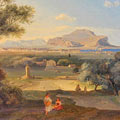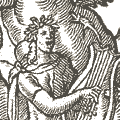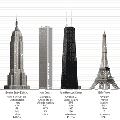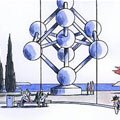Nog twaalf keer scheuren en Filosofie Scheurkalender is afgescheurd. Maar er ligt alweer een nieuwe klaar. Vandaag een citaat van de Engelse dichter en dominee Edward Young (1683-1765). De Deense filosoof Kierkegaard gebruikte het honderd jaar later als motto voor zijn filosofisch debuut Enten/Eller (1843): Are passions, then, the Pagans of the soul? / Reason alone baptized? alone ordain’d / To touch things sacred?.
To touch things sacred?
Edward Young, The Christian Triumph
Het citaat komt uit The Christian Triumph, het vierde deel van het lange gedicht The Complaint or Night Thoughts dat uit negen delen bestaat en in 1743 voor het eerst gepubliceerd werd. Het gedicht werd in heel Europa beroemd en had vooral veel invloed op de romantici, die zich afkeerden van het koele verstand en zich overgaven aan de stroomversnellingen van het gevoel. In 1797 verscheen een uitgave die geïllustreerd was door William Blake.
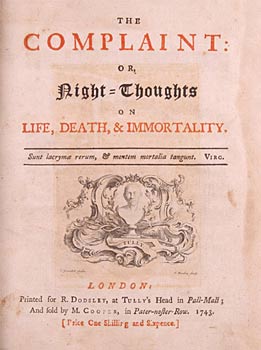
or Night Thoughts (1743)
The Complaint or Night Thoughts
1. Life, Death, and Immortality (opgedragen aan Arthur Onslow);
2. Time, Death, Friendship (opgedragen aan Spencer Compton);
3. Narcissa (dedicated to Margaret Bentinck);
4. The Christian Triumph (opgedragen aan Philip Yorke)
5. The Relapse (opgedragen aan George Lee)
6. Glories and Riches (eerste deel van The Infidel Reclaim’d)
7. The Nature, Proof, and Importance of Immortality (tweede deel)
8. Virtue’s Apology of The Man of the World Answered
9. The Consolation (opgedragen aan Thomas Pelham-Holles)

Bron: cambridge.org





